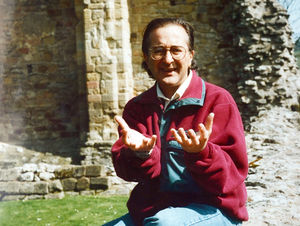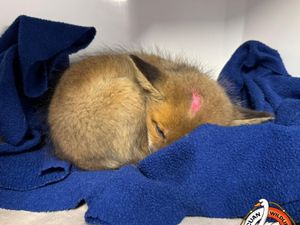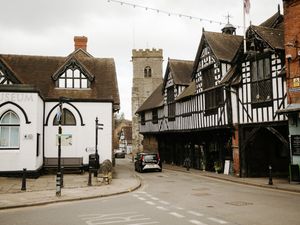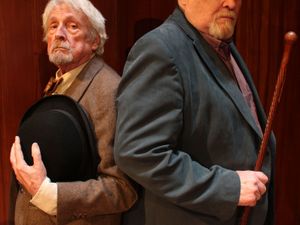When Time Team came to Shropshire
They came, they saw, and they did a bit of digging – and in the process shed new light on the history of one of Shropshire's ancient towns.

In April 1993 a 35-strong film crew descended on Much Wenlock to record a new Channel Four television programme which was fronted by Tony Robinson, better known as Blackadder's sidekick Baldrick.
Not that much was expected of the new hour-long show, called Time Team, which would take viewers into the world of archaeological discovery.
Yet as we now know, it was a surprise hit, and by the time the Much Wenlock programme was aired months later a new series had already been commissioned.
The pioneering programme had discovered a wealth of medieval remains buried under the town, according to local archaeologist Dr Mark Horton, who was joined in the excavations by another local archaeologist, Dr Paul Stamper.
And as the dig finished, Dr Horton revealed that a 13th century hall had been found hidden under one of the town's streets.
Exciting
"What we found was really most exciting and it was the first time we have been able to do a detailed archaeological excavation like this in the town, as opposed to in the priory," said Dr Horton at the time.




